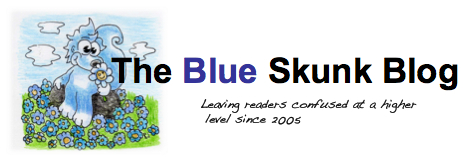Danielson's Framework and Tech: Domain 2
 Wednesday, February 2, 2011 at 10:12AM
Wednesday, February 2, 2011 at 10:12AM Charlotte Danielson in her book Enhancing Professional Practice: A Framework for Teaching organizes effective teaching practices into four domains each with several sub-domains. I've added below some possible areas regarding teacher technology use as it impacts and improves teacher performance in each area. (See Framework for Teaching - and Technology)
Domain 1: Planning and Preparation
Domain 2: The Classroom Environment
- Creating an Environment of Respect and Rapport
- Establishing a Culture for Learning
- Managing Classroom Procedures
- Managing Student Behavior Organizing Physical Space
Technology-related competencies in this area.
- Teacher interactions online follow the same guidelines as face-to-face interactions.
- Teacher demonstrates an enthusiasm for educational technology and its uses.
- Teacher uses technology to provide a wider audience for student work which leads to higher levels of concern by students about their work's quality. Appropriate safety and privacy efforts are made.
- Teacher helps student use technology in the revision process of their creative efforts.
- Teacher uses technology to facilitate peer-editing of student work.
- Teacher has rules and expectations for productive technology use in the classroom, including rules regarding the use of personally owned technology devices.
- Teacher use the student information system efficiently, resulting in minimum use of class time in management tasks.
- Teacher monitors student technology use and responds to misbehavior if it occurs.
- Technology in the classroom is arranged for ease of monitoring and flexible use.
What's missing? What doesn't fit?








